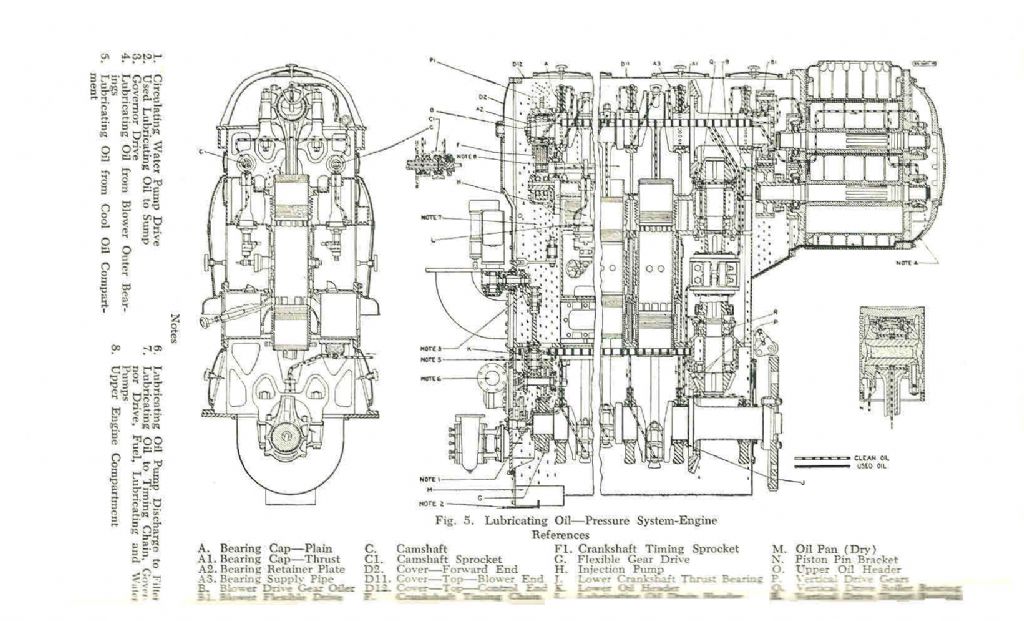Garden Island would have to be one of the nicest settings for a naval base anywhere. Last time I was in Oz I did a few weeks volunteer work taking rust off the generator room floor in the Diamantina up in Brisbane, and also took a look at the restoration work going on in Sydney with the maritime heritage group there.
Going off topic onto the canal boats again…if a glass hull is built to the same shape as a steel one and ballasted to the same marks it should behave pretty much the same. (Most of the steel boats have ballast anyway.) The problem comes when they try to make them light so as to be trailable. You can still get good stability as far as that goes, but there won't be as much mass, or as much volume under the water. So it will blow around in the wind more, and react more to the weight of the crew.
We had a hire boat in France for a week, it was stable enough, but being built for French canals, it was about 30 feet long and 12 feet beam. It steered OK at full speed, which was about 5 km/h, but as soon as you reduced speed you lost all steering control. So entering locks was a bit of an art. Best to keep going fast as long as possible, then stick it in reverse quick to stop before you hit the boat in front or the far end of the lock. Getting back on topic it had a three cylinder diesel. That was fine, until the electric starter died.
There is a guy in our club making a model of one of the three cylinder opposed Commer engines, the one with levers to work the pistons. The main difficulty seems to be making the injectors.
John
Larry Coleman 1.











